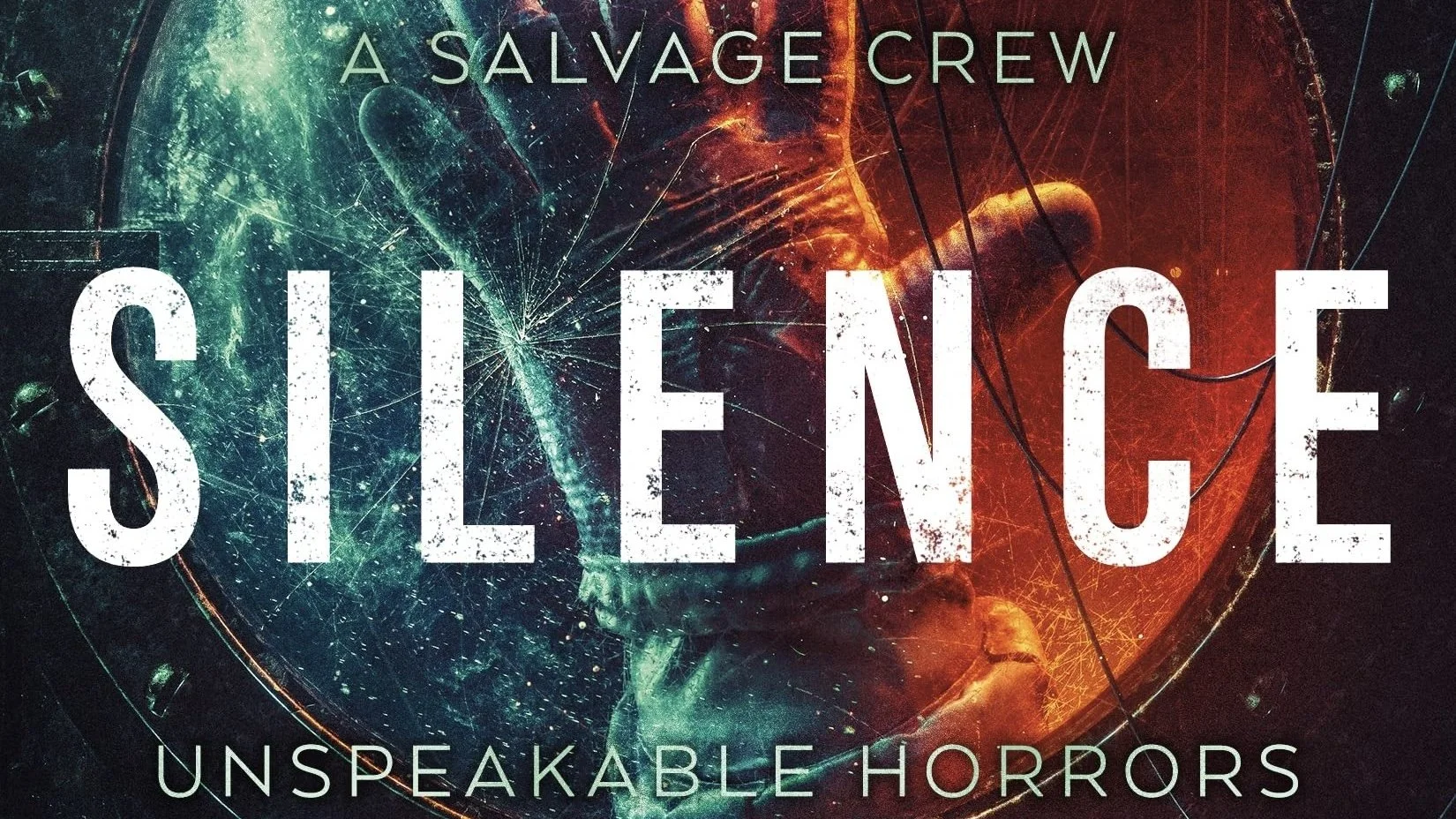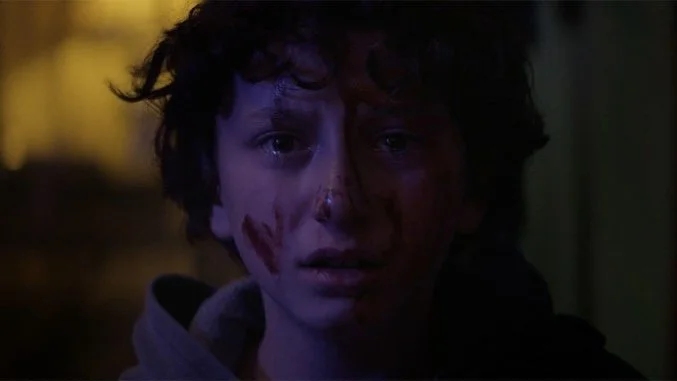Book Review — "Dead Silence" by S.A. Barnes
Horror and sci-fi go together like blood and acid. The two genres are inextricably linked and always have been: Mary Shelley’s Frankenstein is as much science fiction as H.G. Wells’ The War of the Worlds is horror. And over the years, creators have found inventive ways to sew together the unique elements of each respective genre. One of the gooiest and scariest examples is Event Horizon, a film that Dead Silence somewhat resembles from the jump. But, make no mistake, S.A. Barnes’ ghastly spookshow is its own beast that dares to ask, “What if the Titanic was haunted… in space?!”
Claire Kovalik is the team leader of a beacon repair crew. While en route home, Claire’s team picks up a distress signal, and since they’re going to be out of work when they return to Earth anyway, they make a detour to investigate. Turns out, the ship in distress is the Aurora, an infamous Titanic-like luxury vessel that vanished decades ago on its maiden voyage around the solar system. Knowing that the Aurora catered to an exceedingly wealthy (and long dead) clientele, Claire’s team decides to salvage what they can for their own financial gain.
Once onboard, they quickly discover that something is very wrong—what they find confirms that what happened to the Aurora and all her people was no accident. Mutilated bodies suspended in zero-gravity. Messages written in shed blood. Whispery voices coming from seemingly nowhere. And the frantic correspondences the guests tried to dispatch before they died suggest madness en masse. As the gruesome evidence mounts and specters from Claire’s past resurface, Claire starts to doubt her own sanity—and fear for her crew’s safety.
Claire’s mental wellbeing is a major touchstone for the story because she has valid reasons for constantly self-analyzing the state of her psyche. As a child, she survived an atrocity so devastating that it left her orphaned and traumatized. In Claire, Barnes intricately crafts a damaged though resilient hero with relatable concerns, beyond the ghosts and carnage. Her blue collar job is becoming obsolete with advances in technology, and the company she works for doesn’t give a damn about her. (Corporations are the real villains here.) So, personally, when the gang chose to loot the Aurora for all the riches within, I was like hell yeah!
Barnes also uses this setting to address classism. The Aurora is an enormous cruiser designed to separate the moderately well-off from the super well-off. As Claire’s team ascends the grand staircase to explore the more ornate high-class areas of the ship, it’s not lost on anyone that they could never afford to set foot in such a place under cheerier circumstances, as peons beneath the upper-crust. And the cushier accommodations of the premier cabins beg the question of who likely had the most protection from whatever unknown entity slashed a path through the Aurora—and might still be there.
The pieces fall into place in patches. Barnes structures the narrative so it’s told in two cross-cutting timelines. The events of Claire and her team surveying the Aurora, which comprises the bulk of the story, is told in flashback (“Then”). In the present timeline (“Now”), Claire is no longer on the Aurora. She has somehow escaped, presumably as the sole survivor, and recounts the ordeal to corporate big shots, who are leery of her account due to her history of psychosis and gaps in her memory.
As these men challenge Claire’s credibility, Barnes puts her audience in a position to do the same. Readers must decide for themselves whether or not Claire is to be believed. While some may be inclined to judgmentally hold her mental health against her, I’m more of the mind that her PTSD boosts her reliability, actually. Perhaps I’m projecting, but in my experience the supposedly mentally unwell are more observant and receptive in extreme situations.
And it doesn’t get much more extreme than a blood-soaked haunted cruise ship stranded in farthest reaches of outer space. Despite the grandeur of the setting, Barnes manages to maintain a feeling of claustrophobia. It’s impossible to forget that this team of five are not quite alone on the Aurora. They seem to find at least one body—or apparition—everywhere they look, and Barnes capitalizes upon every revelation to increase the tension and thicken the atmosphere as we continue to wonder what the devil happened on this godforsaken ship!




